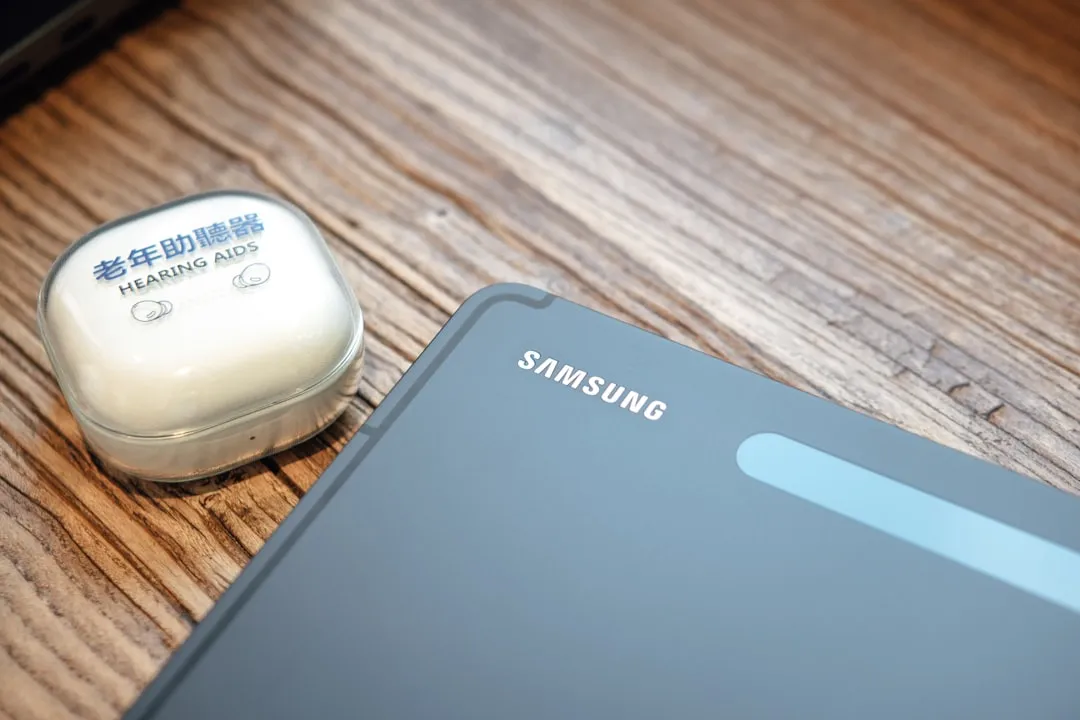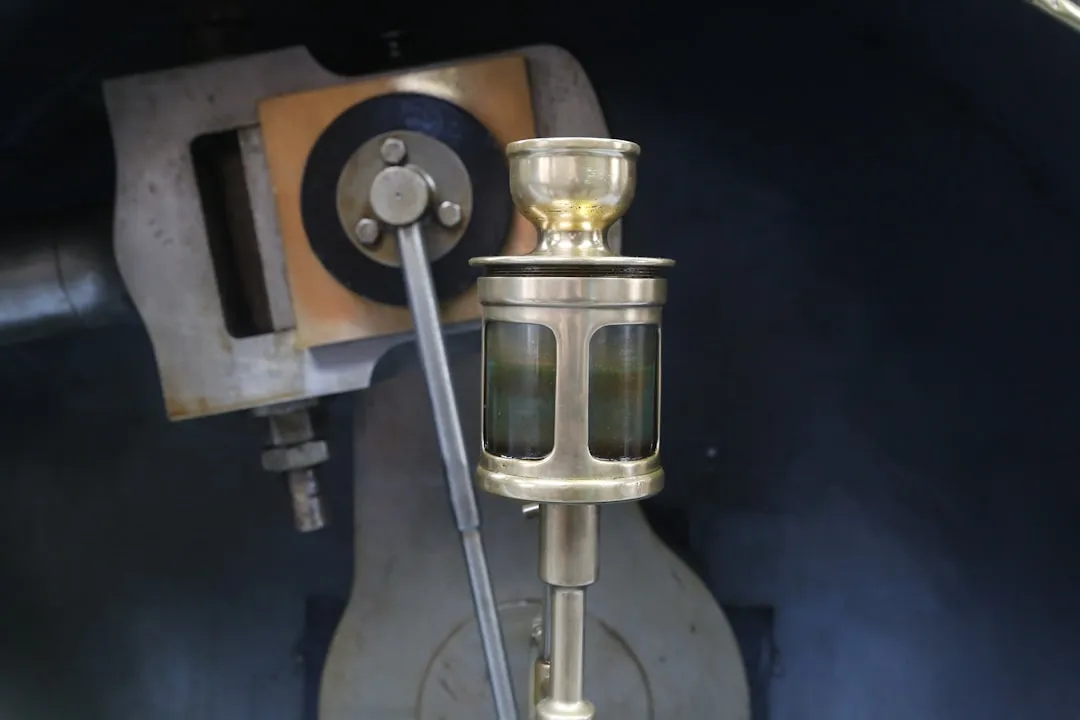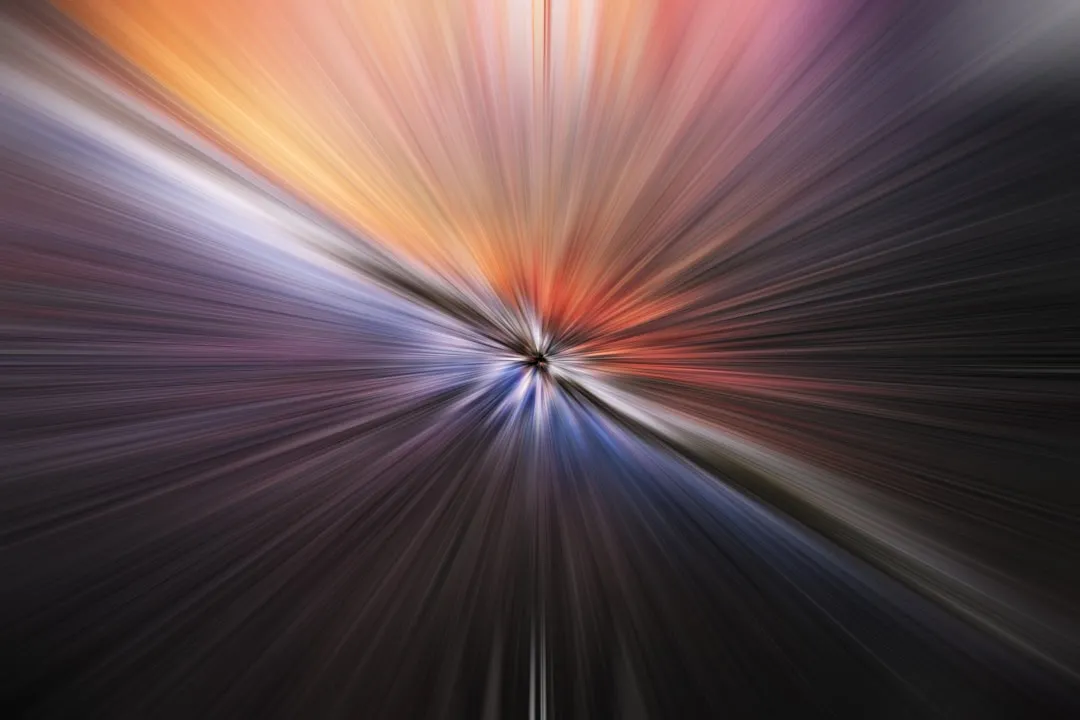One of the worst-kept secrets in the tech world is Apple's plans for consumer-grade AR smartglasses, still unconfirmed publicly and only recently corroborated through a leaked account of an internal employee meeting.
In addition to Apple's AR team, assembled through acquisitions and high-profile hires, and the software and hardware foundation deployed to iPhones and iPads, the biggest clue toward Apple's AR wearable development comes through the treasure trove of patents awarded to Cupertino's finest over the past few years.
The most recent Apple patent application, filed with the US Patent and Trademark Office on Feb. 27, could solve a major pain point encountered by early entrants of AR headsets and smartglasses.
Apple's patent application covers head-mounted displays with lenses for left and right eyes and accompanying support structure, control circuitry for projecting content to the displays, and sensor circuitry for automatically adjusting the lenses for individual users.
According to the patent paperwork, proximity sensors, along with interpupillary distance information, would be used to adjust left and right lens positioners via actuators, motors, or other electronic components while the user wears the device.
Apple also outlines several options to implement the system, such as an array of capacitive proximity sensor electrodes for detecting direct contact with the nose, ultrasonic proximity sensors that use sound to determine position relative to the nose, or infrared light-emitting diodes for determining position. The latter option seems most likely, considering that it is similar to the configuration used in the iPhone's proximity sensor.
Interestingly, the patent does not mention vertical-cavity surface-emitting lasers (VCSELs). Apple has invested $390 million in Finisar, the vendor that produces the VCSELs that are used in proximity detection for Apple's uber-popular AirPods as well as the depth-mapping TrueDepth camera for iPhones and iPads. However, the patent language also notes that "any suitable detection circuitry may be used to measure the distance between nose surface and edge of each lens modules," so VCSELs aren't ruled out, either.

Apple has invested $390 million into Finisar, who makes the VCSELs that serve as proximity sensors for AirPods.
The automatic lens position sensing system would embody a marked improvement over current approaches to fitting AR wearables. At launch, Magic Leap required a LiftOff delivery service, complete with set up by an on-site representative to walk through the visual calibration.
Meanwhile, North's Focals have to be custom-fitted for each individual user. This required in-person fitting until the company launched a Showroom app for iPhones with a True Depth sensor.
While patents are no guarantee of actual implementation, this particular patent presents the type of innovation that Apple would favor, where the technology "just works" and doesn't require an awkward set up and fitting process.
Cover image via Apple

























Comments
Be the first, drop a comment!